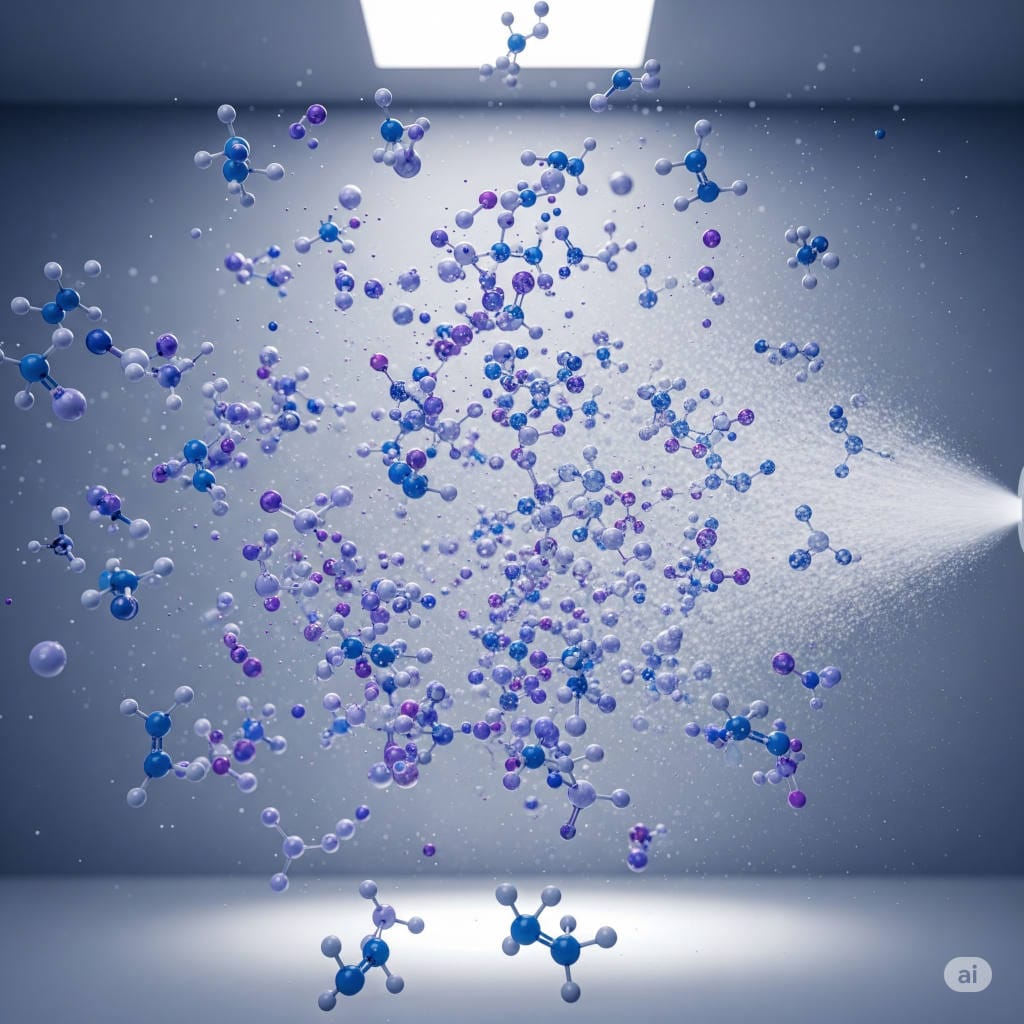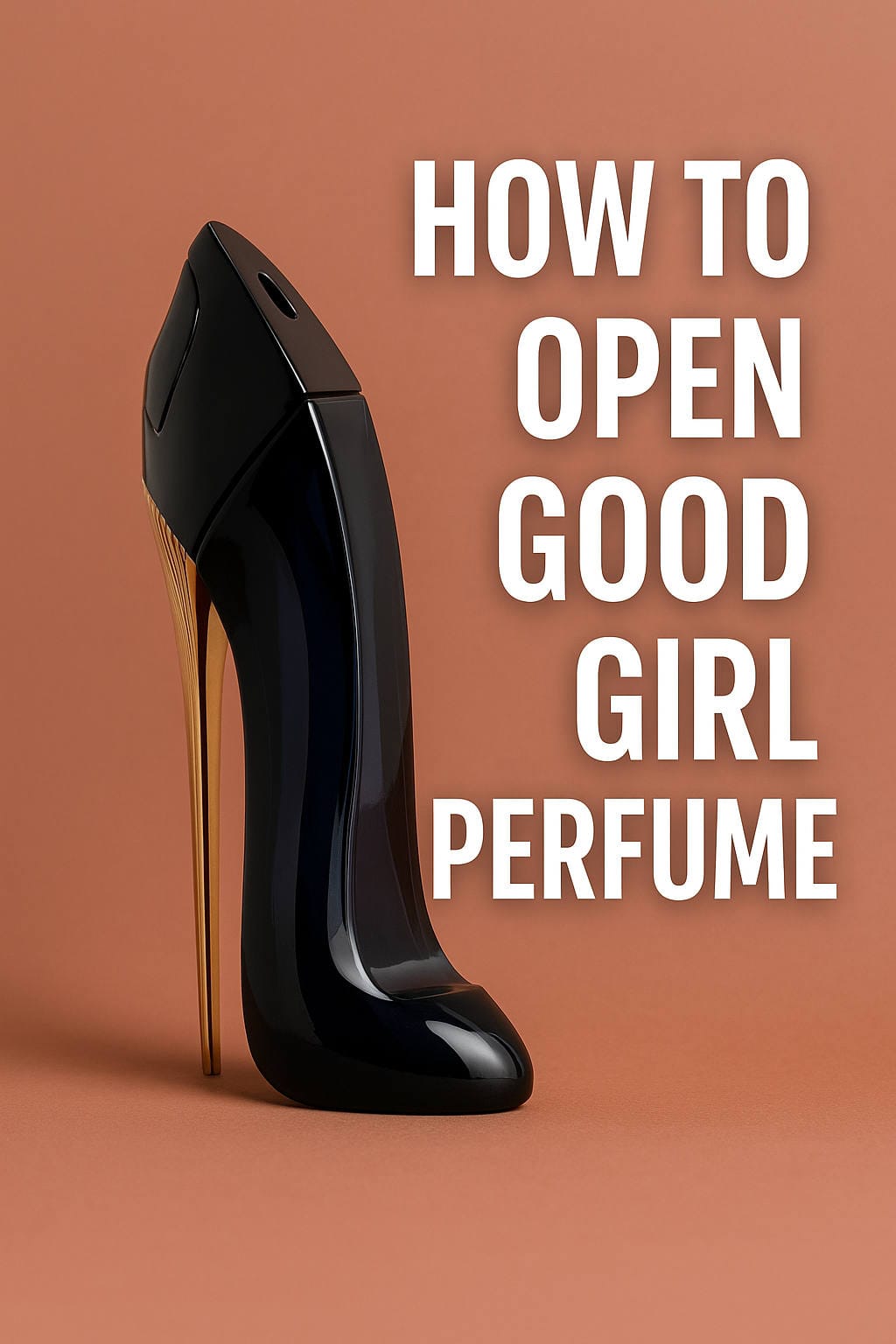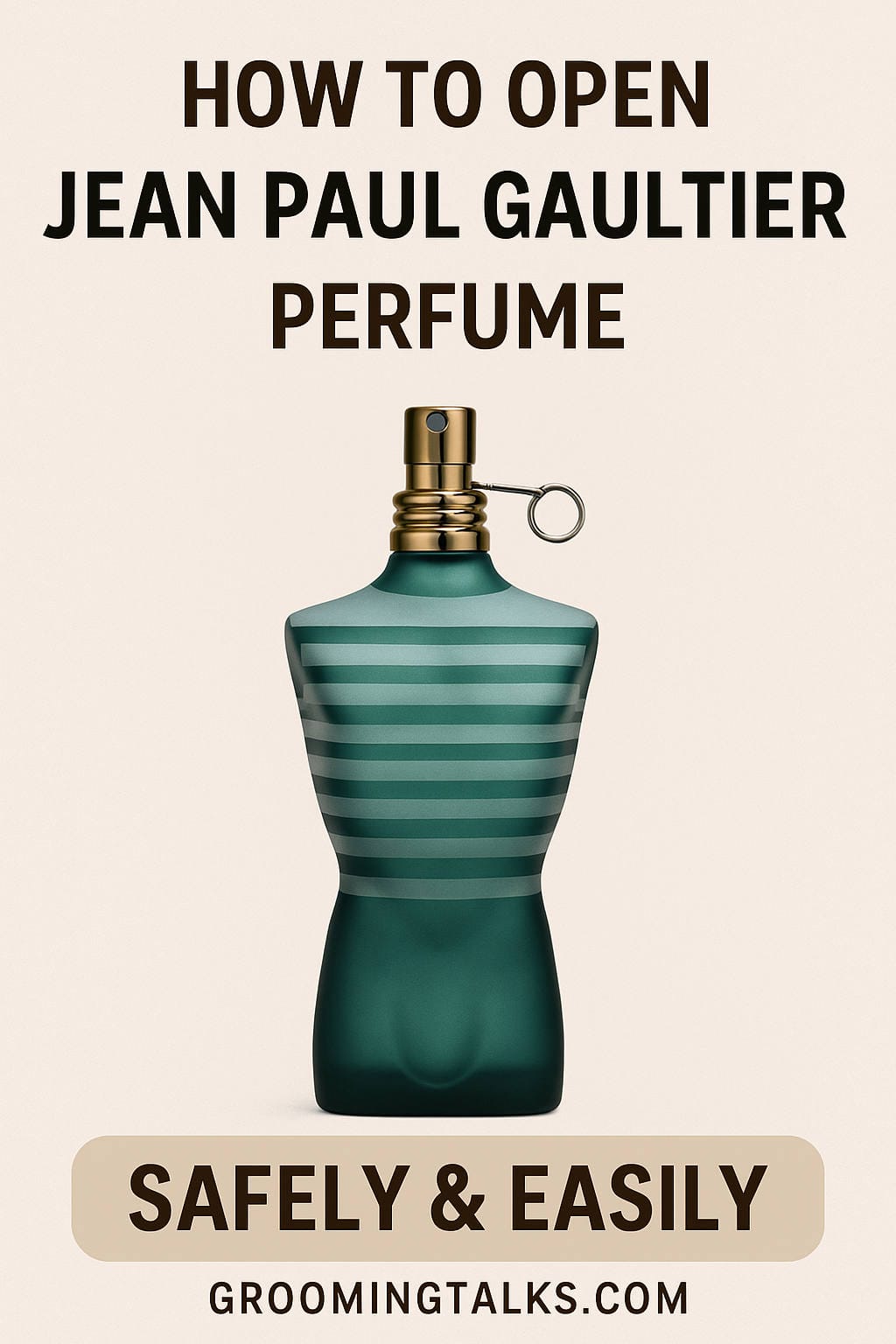Have you ever walked into a room and instantly recognized the scent of someone’s perfume? Maybe it reminded you of a person, a place, or a memory from years ago. It’s fascinating how just a few spritzes of a fragrance can fill an entire space, linger in the air, and even evoke emotion. But what actually happens when we spray perfume? How does it travel from a tiny bottle to the far corners of a room?
The answer lies in a blend of chemistry, physics, environmental factors, and even biology. In this guide, we’re going to explore the fascinating journey of perfume molecules—from the moment they leave the bottle to the way they interact with the air and ultimately reach our noses. We’ll also share practical tips to make your perfume more effective and long-lasting.
What Is Perfume Made Of?
To understand how a scent spreads, we first need to understand what perfume is.
Perfume is a mixture of volatile aromatic compounds, solvents (usually alcohol), and sometimes fixatives. These ingredients work together to release and sustain fragrance in the air. The essential aromatic compounds are what actually produce the smell, and they’re designed to evaporate easily, which is a key part of how the scent travels.
When you spray perfume, you’re releasing a fine mist composed of tiny droplets. These droplets quickly evaporate into the air, allowing the scent molecules to begin their journey.
The Role of Evaporation
Evaporation is the first step in the perfume’s journey. As soon as the liquid perfume is exposed to air, its volatile components begin to evaporate. Volatile means that these molecules have a high tendency to transition from a liquid to a gaseous state at room temperature. Alcohol, which is commonly used in perfumes, is especially good at this.
As the alcohol evaporates, it carries the fragrance molecules with it, allowing them to disperse into the air. This is why you can smell perfume almost immediately after spraying it—it’s designed to evaporate quickly and efficiently.
Diffusion: How Molecules Spread
Once in the air, perfume molecules move from areas of high concentration (where you sprayed) to areas of lower concentration. This process is called diffusion.
Diffusion is a natural and passive process. Molecules are constantly in motion, bumping into each other and spreading out. In the case of perfume, the concentration of fragrance molecules is initially very high near the source. Over time, these molecules spread out evenly through the air.
The speed of diffusion depends on several factors:
- Molecular size: Smaller molecules diffuse faster.
- Temperature: Heat increases molecular motion, speeding up diffusion.
- Air movement: Even gentle air currents can greatly enhance diffusion.
How Air Currents Help
While diffusion does a lot of the heavy lifting, air currents play a crucial role in moving scent molecules around a room.
Natural air currents occur due to temperature differences. Warm air rises and cool air sinks, creating gentle circulation patterns. When you apply perfume to your body, your natural body heat helps push the scent upward and outward.
Mechanical ventilation systems, ceiling fans, and even people walking through a room can stir the air and help move fragrance molecules faster and farther. In fact, without some kind of air movement, a perfume’s reach would be limited mostly to diffusion, which is slower and less effective in large spaces.
Temperature Changes Everything
The temperature of the room—and your body—has a significant effect on how a perfume behaves.
Warmer temperatures generally:
- Increase the rate of evaporation.
- Speed up diffusion.
- Intensify the perception of scent.
This is why the same perfume may smell stronger on a hot summer day than on a cold winter morning. It’s also why applying perfume to warmer parts of the body (like the neck or wrists) helps project the scent better.
Humidity and Scent Distribution
Humidity, or the amount of water vapor in the air, also plays a role in how perfume spreads and smells.
In humid environments:
- The air is more saturated with water molecules.
- This can slow down evaporation slightly.
- Fragrance may linger longer in the air, creating a more lasting effect.
In dry environments:
- Evaporation is faster.
- The scent may seem stronger at first but dissipates more quickly.
Humidity can also affect how we perceive a fragrance. Some scents feel heavier and more cloying in high humidity, while they might smell fresher in drier air.
Room Layout and Scent Behavior
The physical characteristics of the room also affect how perfume spreads.
- Room size: Smaller rooms allow scents to build up more quickly and stay concentrated.
- Ceiling height: Higher ceilings offer more vertical space for scent to disperse.
- Materials and surfaces: Soft furnishings like curtains and upholstery can absorb and later re-release scent molecules, extending the presence of the perfume.
- Ventilation: Open windows or strong air conditioning can carry scent away faster, reducing its intensity.
If you spray perfume in a closed, carpeted room, it will behave very differently than in a large, open, tiled space with lots of airflow.
Human Factors: How We Smell
The journey doesn’t end when scent molecules reach our noses. How we perceive them is another fascinating layer.
Our sense of smell is linked to the olfactory system, which is highly sensitive to certain molecules. When you inhale, scent molecules enter your nose and bind to receptors in the olfactory epithelium. These receptors send signals to the brain, allowing us to identify and experience a scent.
Interestingly, not everyone perceives scents the same way. Factors that influence perception include:
- Genetics: Some people are naturally more sensitive to certain molecules.
- Age: Our sense of smell can diminish with age.
- Health: Conditions like colds or allergies can block scent detection.
- Olfactory fatigue: After continuous exposure, we become less sensitive to a scent—our brain essentially tunes it out.
This is why your favorite perfume might seem to “disappear” after a while, even though others around you can still smell it.
What Is Sillage and Why Does It Matter?
In the world of fragrance, “sillage” refers to the trail of scent left behind by someone wearing perfume. It’s a French word that literally means “wake,” like the trail left by a boat in water.
A perfume with strong sillage projects well into the air and tends to linger even after the person has left the room. Sillage depends on several things:
- The concentration of aromatic compounds
- The volatility of the ingredients
- The wearer’s body chemistry
- Environmental factors like heat and humidity
If you want your perfume to make a lasting impression, choosing one with strong sillage is a smart move.
Longevity: How Long Does Perfume Last in the Air?
Another important aspect is longevity—how long the scent stays noticeable.
Perfumes are designed in layers:
- Top notes (first to evaporate): Light and volatile, like citrus or herbs.
- Heart notes (middle layer): Provide the core scent, such as florals or spices.
- Base notes (longest-lasting): Heavy molecules like vanilla, musk, or sandalwood.
Base notes evaporate slowly and can linger in the air or on fabric for hours. High-quality perfumes balance these layers for optimal projection and longevity.
Practical Tips to Maximize Perfume Effectiveness
If you’re interested in making your fragrance more noticeable and longer-lasting, here are some helpful tips:
- Apply to Pulse Points: These are areas where blood flow is close to the skin, such as the wrists, neck, and behind the ears. Heat helps volatilize the scent.
- Don’t Rub Your Wrists Together: This can break down the scent molecules and alter the fragrance.
- Moisturize Your Skin First: Hydrated skin holds scent better. Use an unscented lotion to avoid clashing fragrances.
- Spray on Clothes and Hair: Fabric holds scent longer, but always test on a small area to avoid staining.
- Layer Your Fragrance: Use matching scented body lotion or shower gel to build up the scent.
- Store Perfume Properly: Keep your perfume away from heat and sunlight, which can degrade its quality.
- Use It Strategically: Spray in areas with good airflow to help spread the scent throughout a room.
Real-World Applications of Scent Diffusion
Understanding how perfume spreads isn’t just interesting for fragrance enthusiasts. It has real-world applications in various fields.
- Retail Environments: Stores use ambient scenting to enhance customer experience and influence behavior.
- Hospitality Industry: Hotels often use signature scents to create a memorable atmosphere.
- Healthcare: Aromatherapy relies on controlled scent diffusion for therapeutic effects.
- Architecture and Engineering: Ventilation systems are designed with airflow patterns that consider odor distribution.
Final Thoughts
The simple act of spraying perfume sets off a complex chain of events. From evaporation and diffusion to airflow and human perception, the way a fragrance spreads in a room involves an elegant dance of molecules and motion.
Understanding this process not only deepens our appreciation for fragrance but also empowers us to use it more effectively. Whether you’re preparing for a big event, setting the mood at home, or just enjoying your favorite scent, knowing how it travels through the air can make all the difference.
So next time you reach for that bottle, remember: you’re not just applying a scent—you’re setting a sensory experience in motion that engages science, art, and memory all at once.







